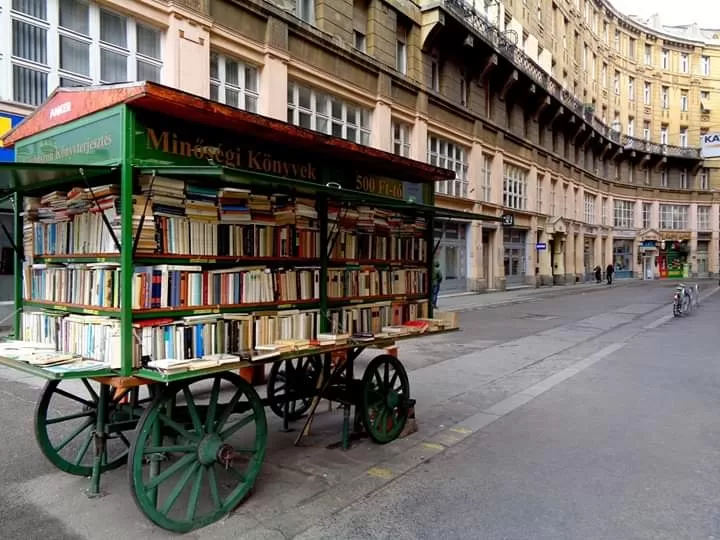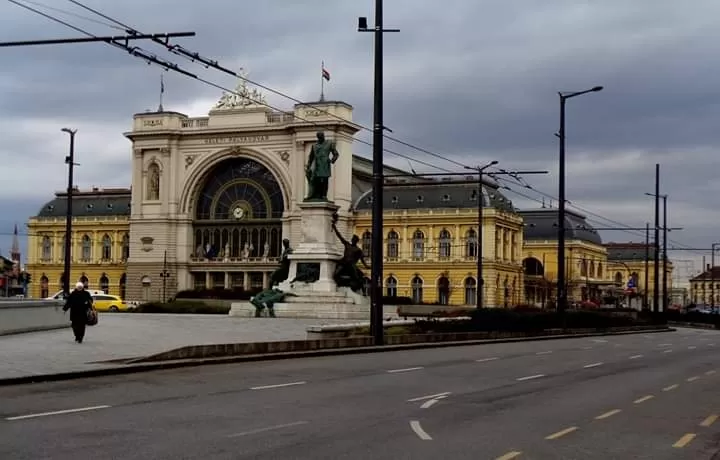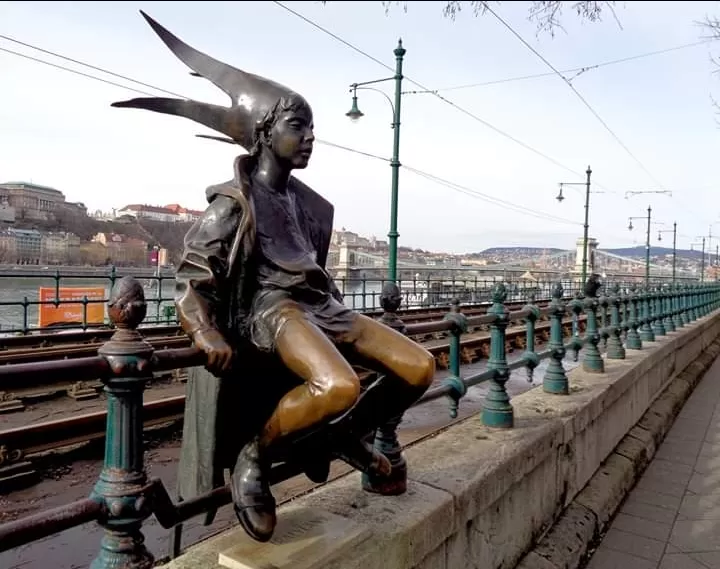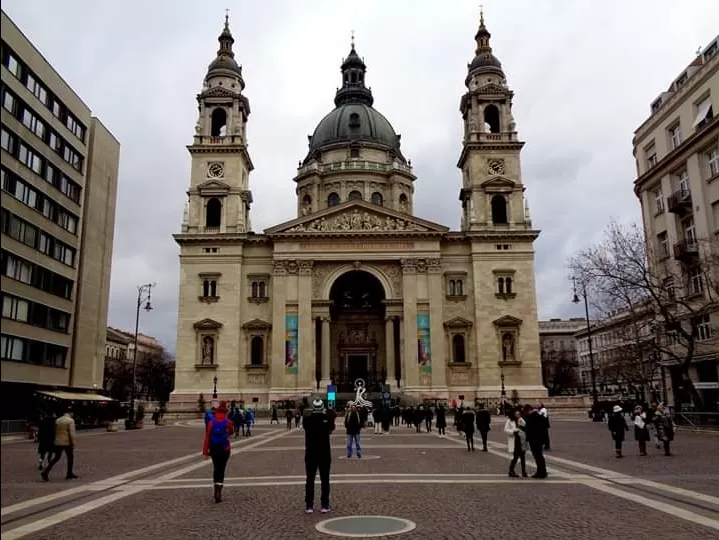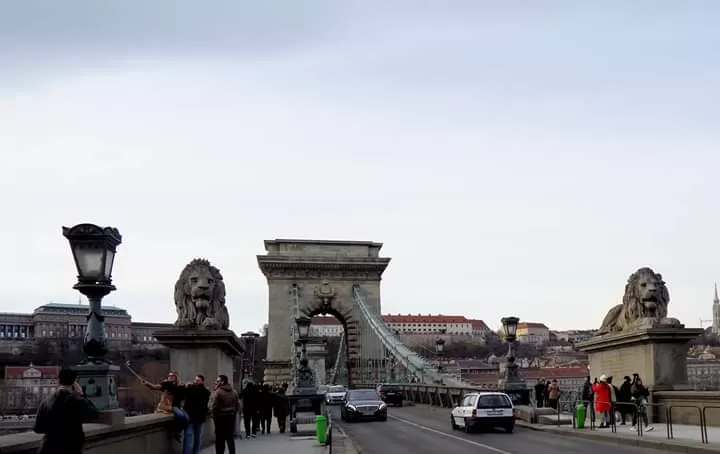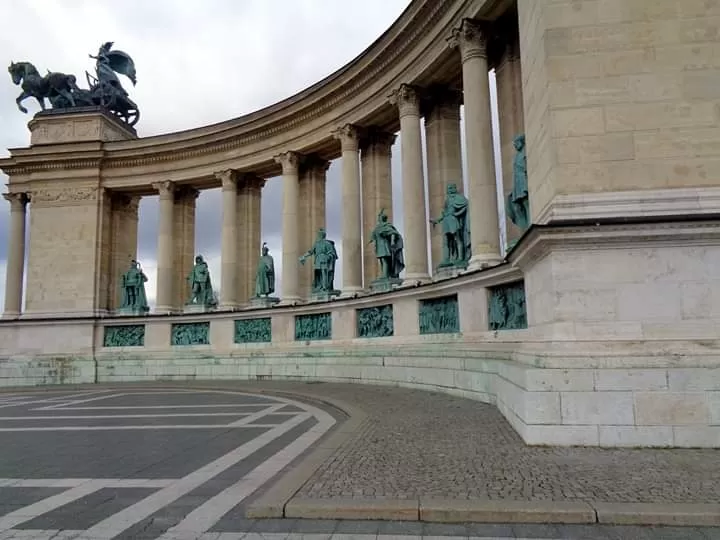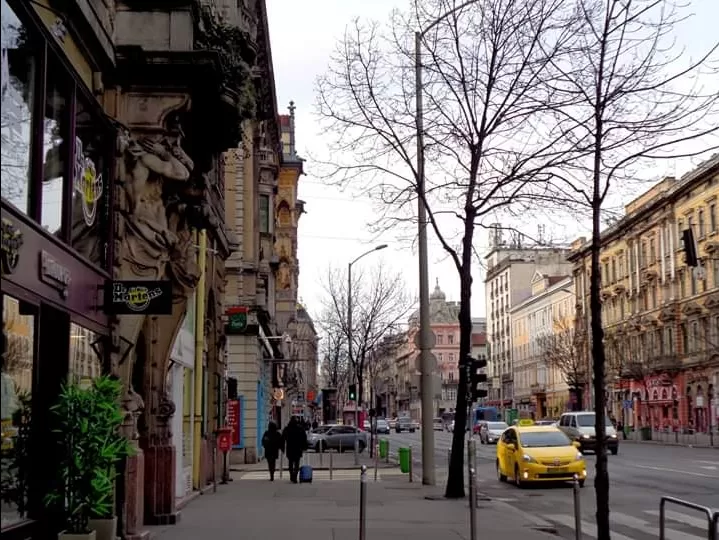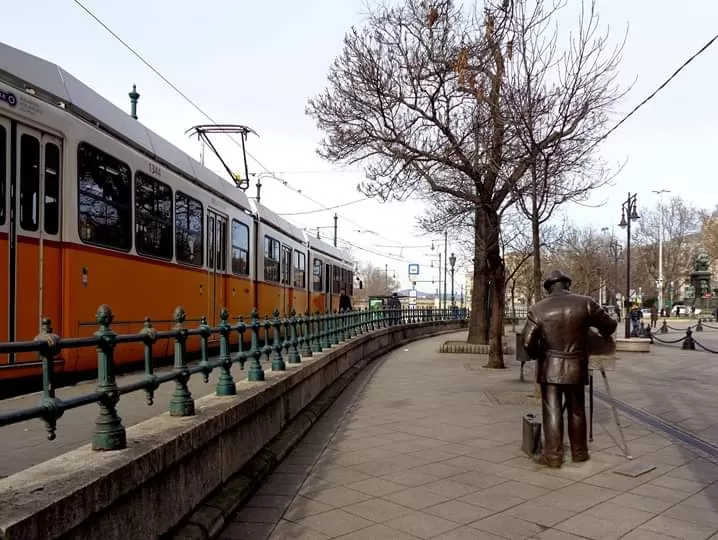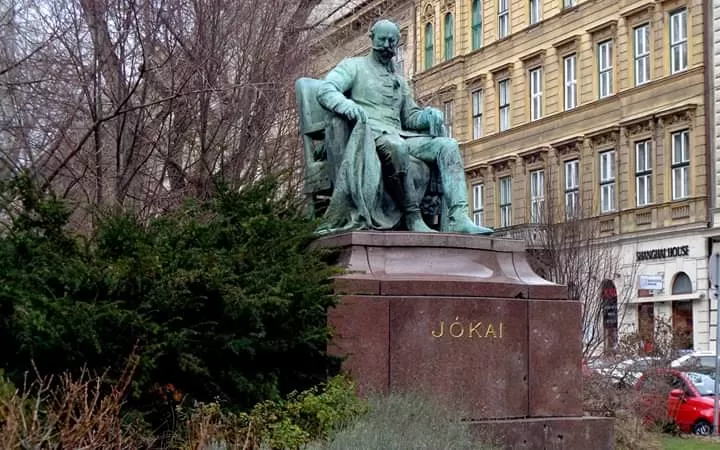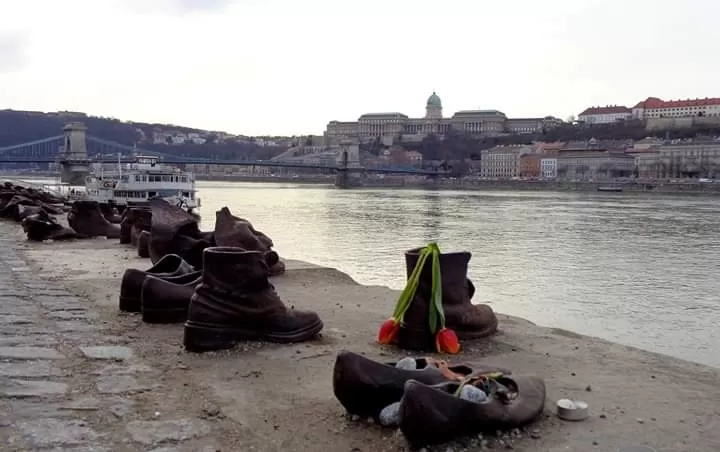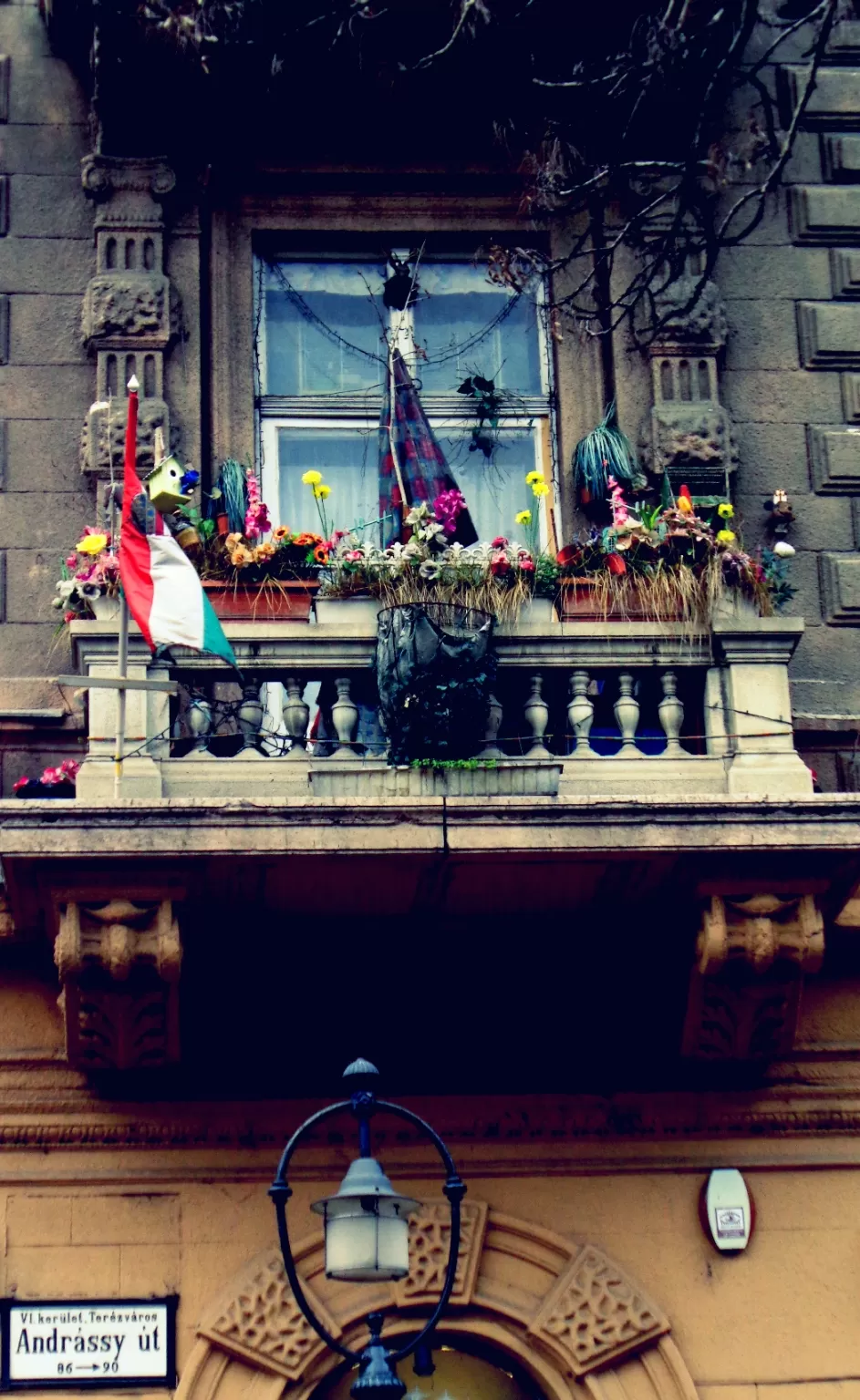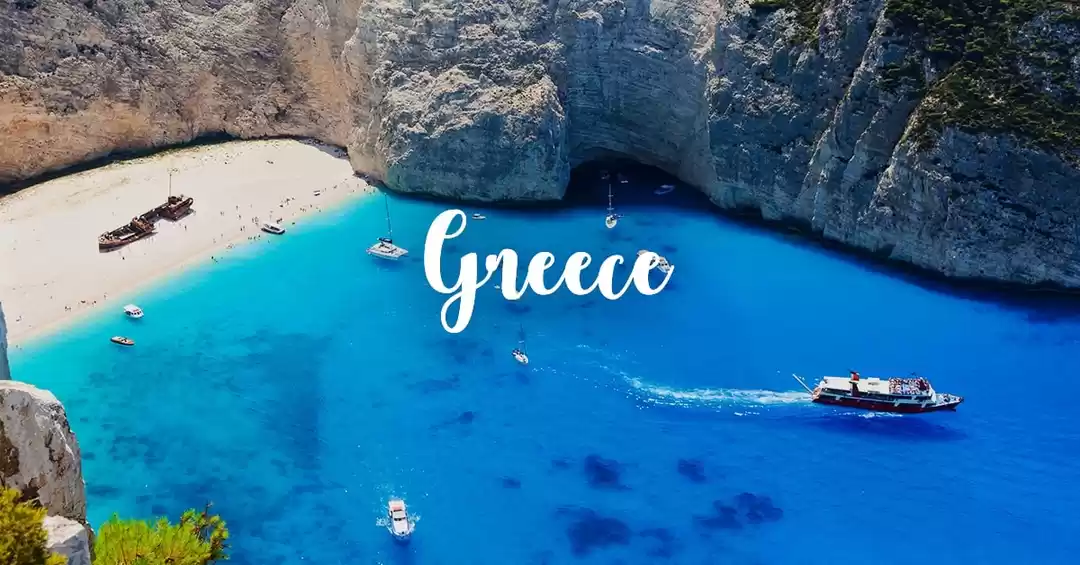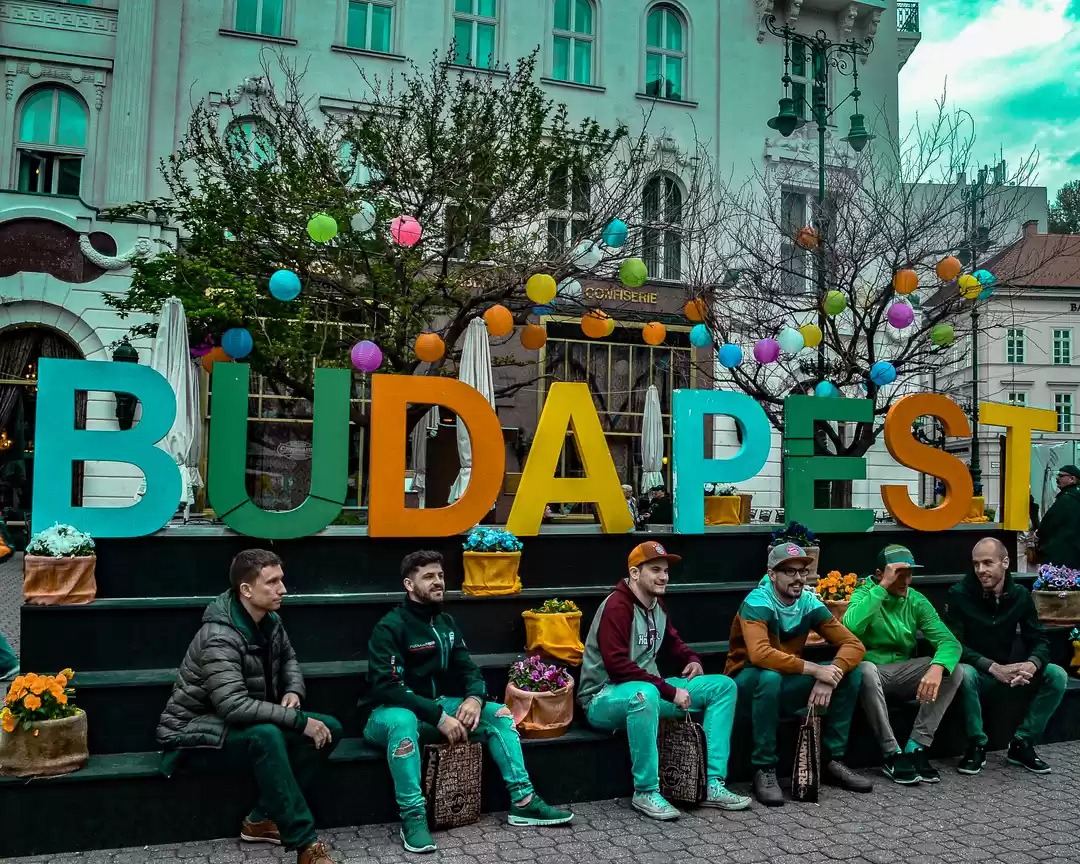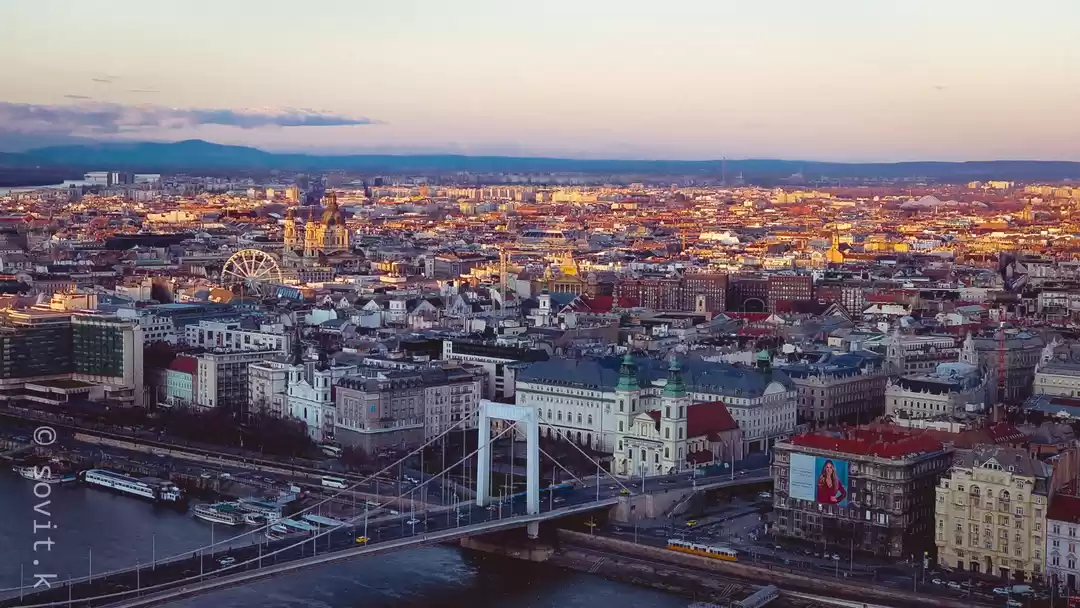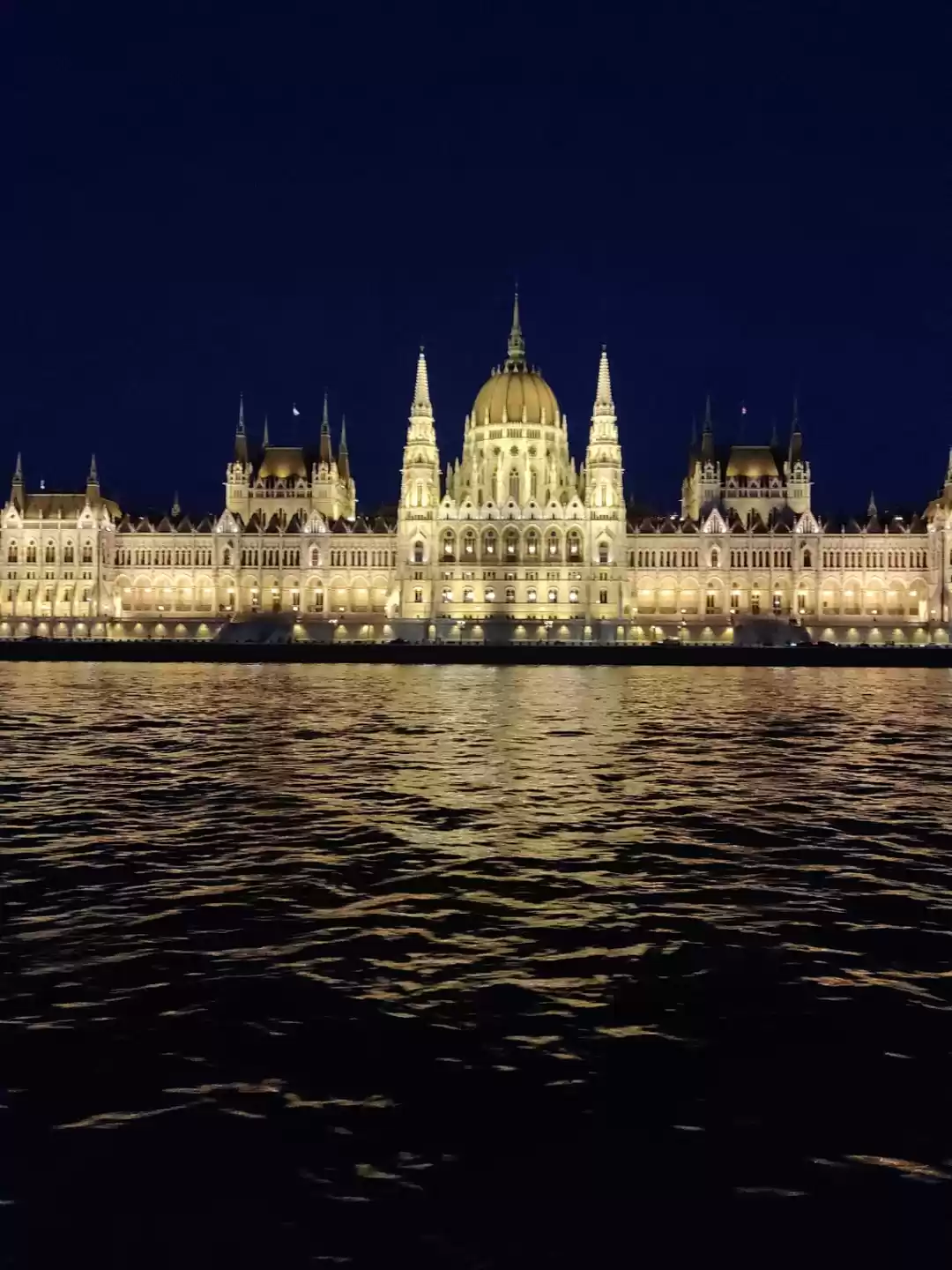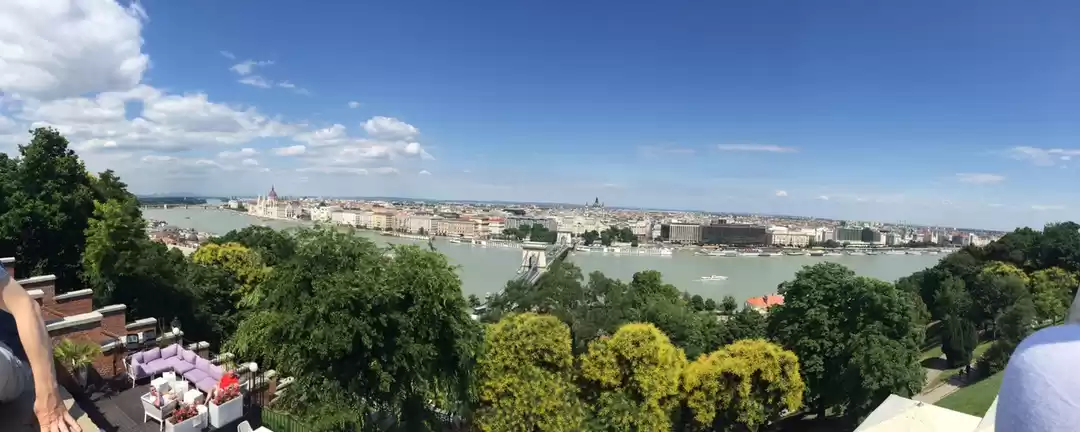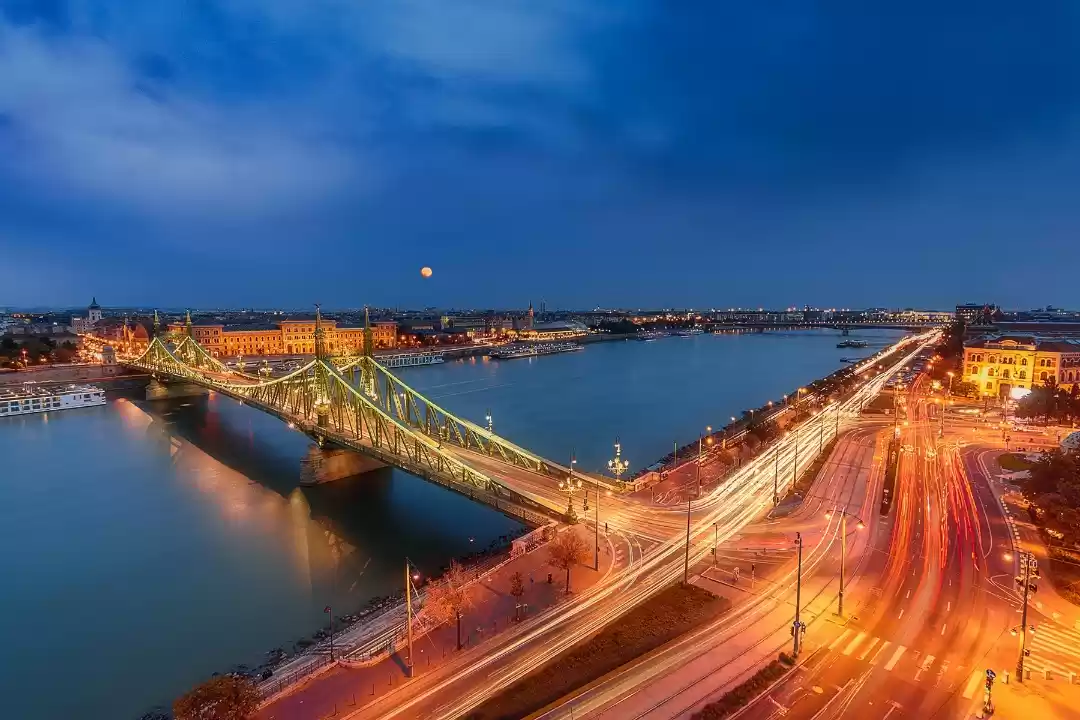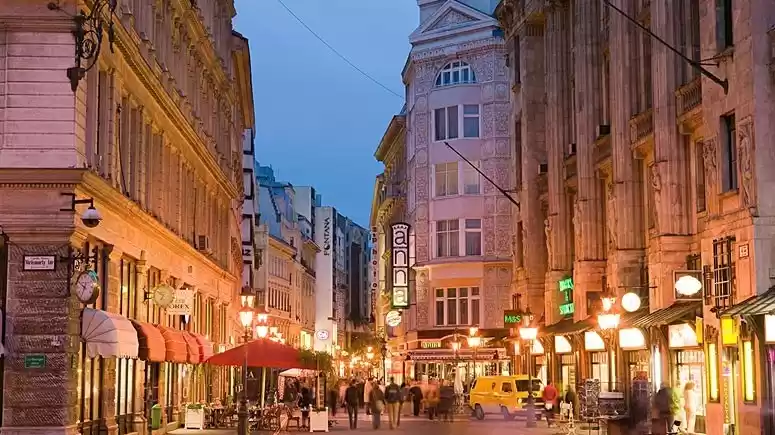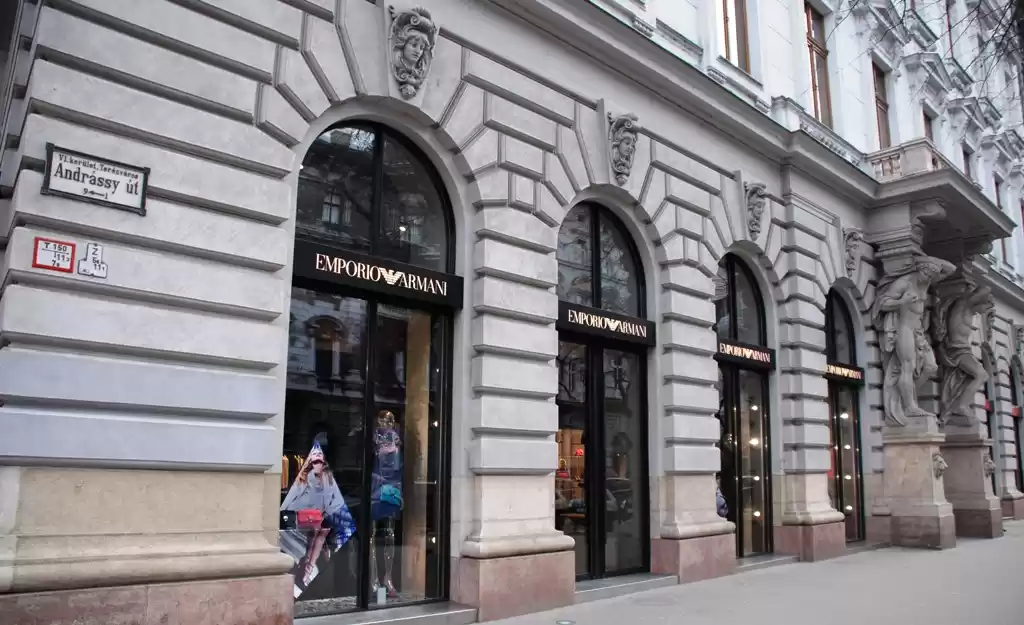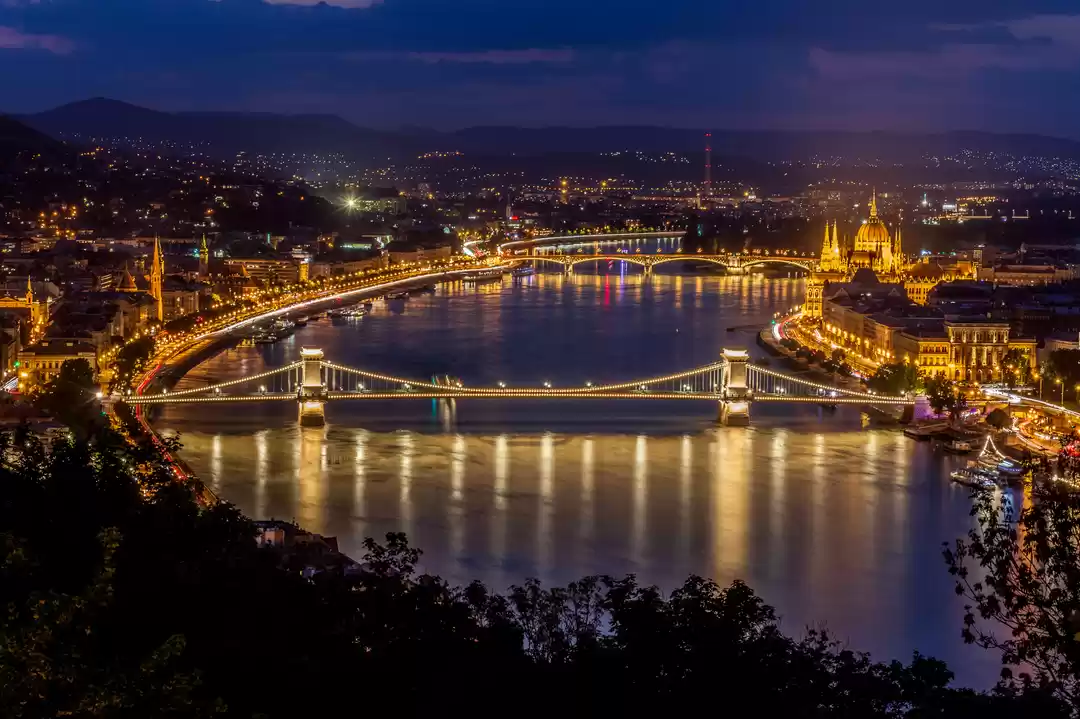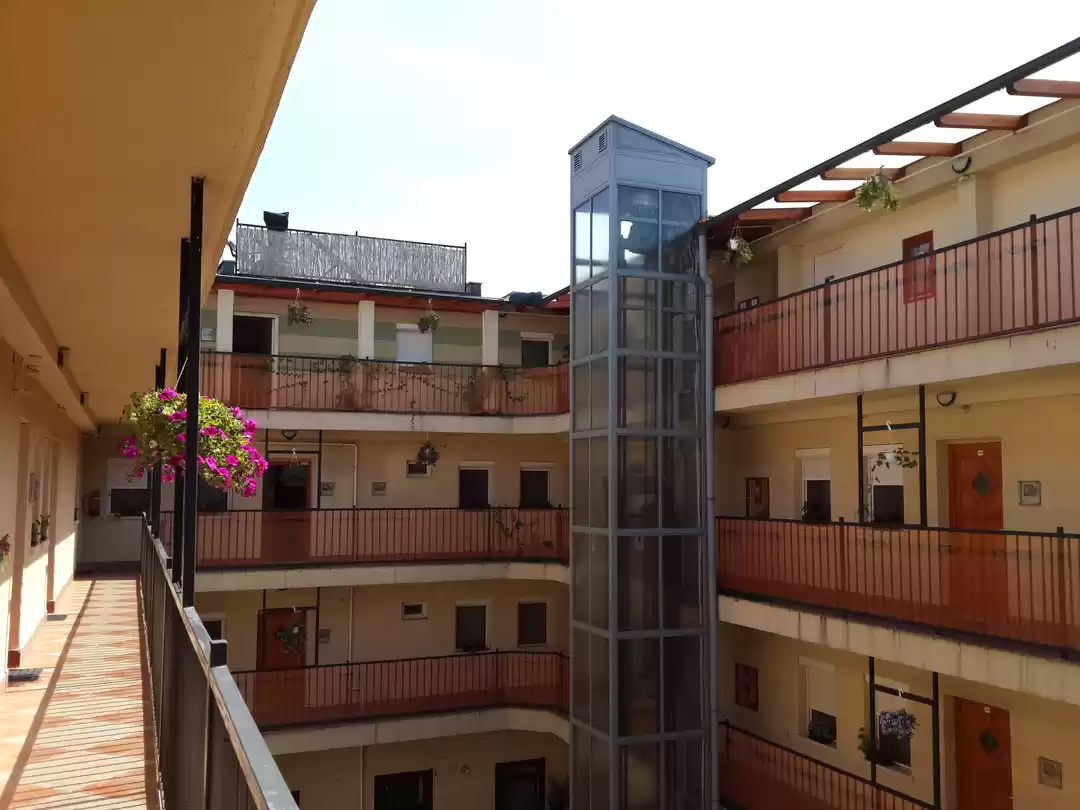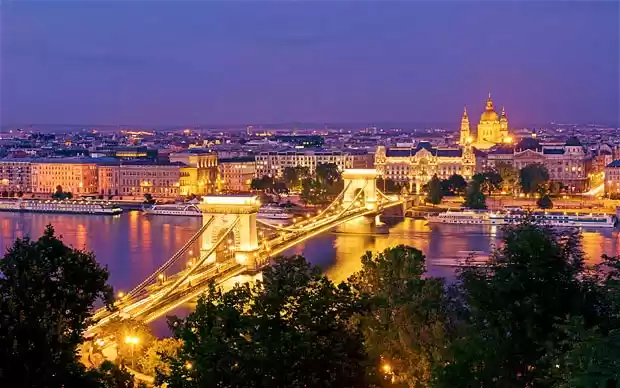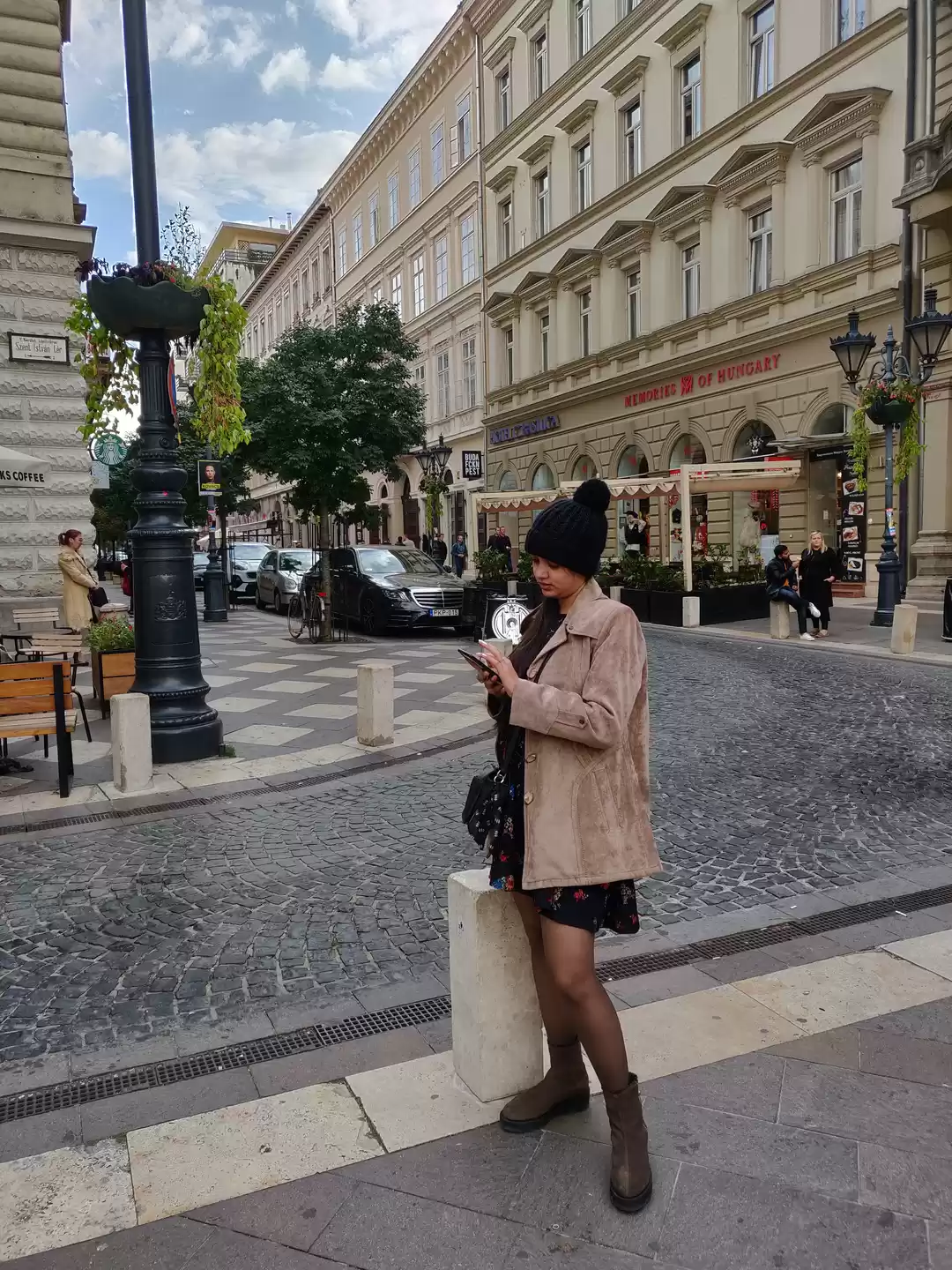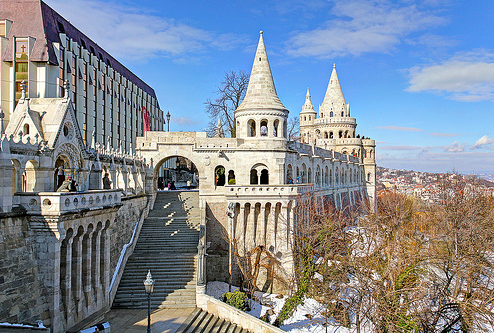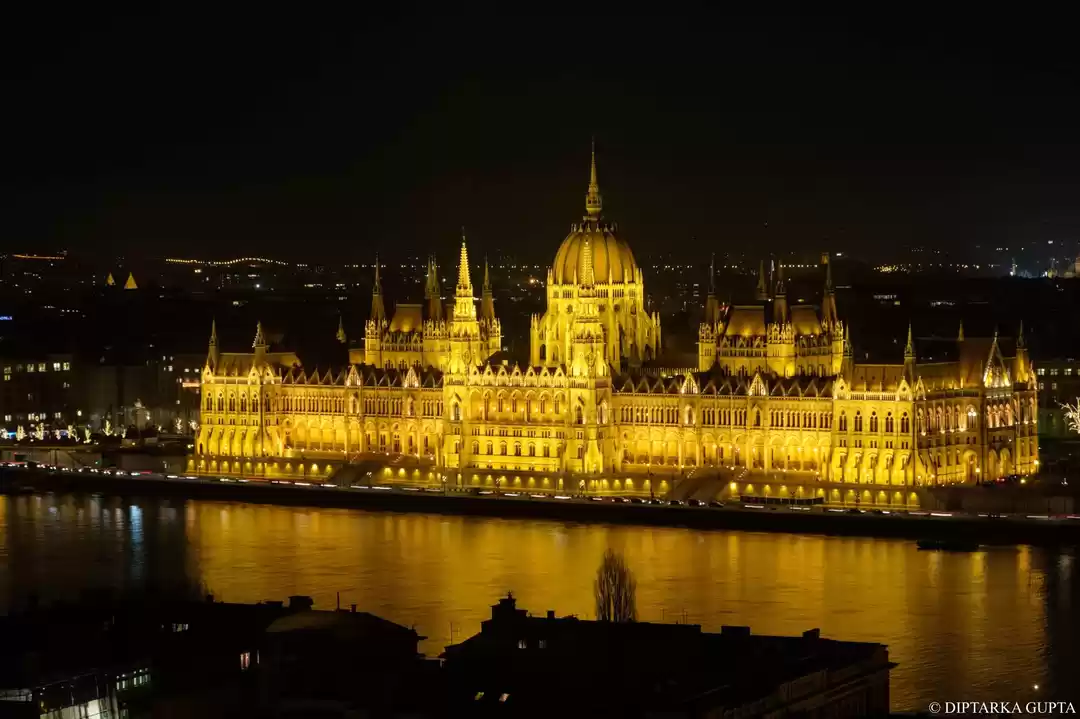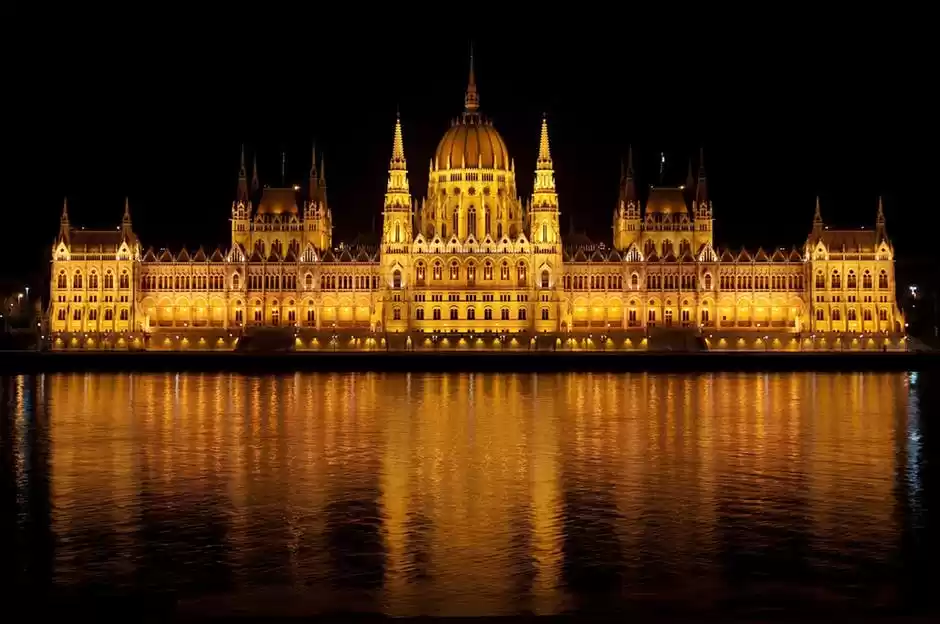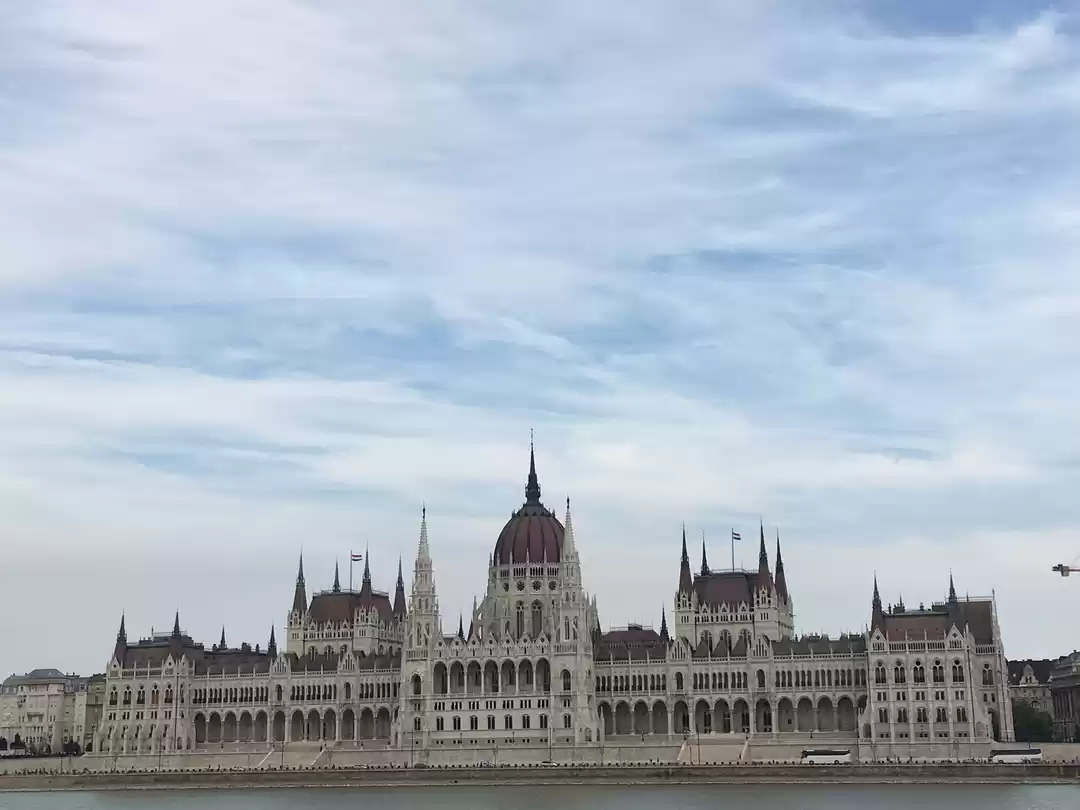People often describe Budapest as “the Paris of the East”, but I beg to differ. It holds a special place in its own right, and needs no comparison. I visited the city in January 2020. My purpose for visiting the Hungarian capital was primarily academic. But when you get to be in one of the most beautiful cities in the world, how can you miss exploring its beauty! I haven’t read much of Hungarian literature, but ever since I read Magda Szabó’s The Door, and Abigail I have wanted to visit the country. Both the books, like any other good book evoke a sense of curiosity to know more about the place and its people. Which is why, upon receiving the invitation from ELTE University, I did not think twice before accepting it. I only had two days in the city, but I’m not complaining. I tried to make the most of it!
My train journey to Budapest started from Passau in Germany, with a seven hour wait at Wien Meidling railway station in the middle of the night. All those hours in Vienna, and I was stuck in a shabby looking, weird smelling waiting room, half asleep and wide awake at the same time! I reached Keleti Pályaudvar (the station) in Budapest, one of the busiest railway stations in Europe at around nine in the morning. It was a bright and sunny day, a relief from the snowy and freezing Passau. Built in 1884, the station is a piece of architecture in itself. Because of its geographical location in the city it is named ‘Keleti’ (which means ‘Eastern’). The lobby is adorned with wall paintings by Mór Than, the painter who designed the first Hungarian postage stamp in 1848. Stepping outside the station, looking at the grandeur of the building in yellow, it stands out and how!
My talk at the university was on the second day, so I had the first day all to myself. Since I reached way before the check-in time, I put my bags at the hotel luggage room, and grabbed a sandwich and a coffee-to-go from a nearby shop. I wanted to make the most of the beautiful bright day! I have always been keen on walking around the not-so-touristy spots; and usually love to walk aimlessly. But I did not have the luxury to do that this time, so without further ado I headed to my first stop - the Memorial called ‘Shoes on the Danube Bank’. It was a little less than six kilometres from the hotel I was put up at. The Memorial, sculpted by Gyula Pauer, was to honour the thousands of Jews killed and dropped in the Danube River by Ferenc Szalasi’s fascist Arrow Cross Party during the Second World War. The sight of the sixty pairs of shoes sculpted as replicas of the ones left behind by the Jews before getting killed is sure to give one the shivers. It is said that they were told to leave the shoes so that the fascists could use them, or trade them later. The replicas are of several kinds- high heels, boots, children’s pumps. The shoes look so real that it makes one wonder where the owners have gone. What has happened to them? The piercing poignancy of the Memorial makes it striking to the core. There were many tourists visiting the Memorial, many placed flowers, lit candles- quietly. The clamour of the city did not reach the Memorial.
The Memorial is close to the Széchenyi Chain Bridge, the bridge connecting Pest and Buda. I walked to the opening of the bridge, and saw a few children playing the violin. It was beautiful- music by the Danube on a cold yet bright January afternoon! January probably is not the ideal time to visit Budapest, as one of the prime attractions of Budapest is its world famous thermal spa baths, and it is best to visit during the summer months! But spa or no spa, I was more than happy to be in Budapest. At almost every street corner there were pretty looking book-carts, and not to mention, coffee shops. The sight of books, the smell of freshly baked cookies, and coffee are enough to entice anyone. So I bought a cookie and browsed through the books even though they were Hungarian! But I could read Val Biro’s name on one of the covers. From the look, I gathered it was a book of Hungarian folk tales. On my way back to the hotel I chanced upon a tiny little shop selling souvenirs. I got in and bought a magnet. Buying magnets is a part of my travel experience, and I make it a point to get hold of at least one wherever I go. All in all, my first day went really well.
The next day, after having quite a filling breakfast at the hotel, I got ready for my presentation at the ELTE. The university is located close to the iconic Astoria Hotel, opened in 1914. Annette Bening starrer Being Julie (2004) was filmed here. Turning left, I spotted Eötvös Loránd University and entered. The university is one of the oldest in the country, founded in 1635, and has undergone a number of name changes. It received its current name after the physicist Baron Roland von Eötvös, in 1950. It took me some time to locate the department I was supposed to go to, and was finally shown the way by a professor. After my talk, followed by an engaging conversation with the professors and the students, I left the department. It was drizzling when I left, but I just had a few hours in the city. So I kept walking. I stepped inside a café, had an Americano and a donut and walked straight towards St Stephen’s Basilica. Opened in 1905, the Basilica is named after the first king in Hungary, who is attributed to the conversion of the Magyars to Catholicism in the 11th century. If you are in Budapest during Christmas, you must not miss the Christmas market. I heard they build a skating rink (well, not really with ice but a special kind of...uh, plastic) in the middle of the Christmas market!
The city of Budapest is dotted with sculptures of bronze, and stone. I had already made a list of the ones I could manage time to see; the Little Princess statuette is one of the few. It is seated on the railing by the Danube with the Hungarian Parliament Building on its background. László Marton, the Hungarian sculptor, who sculpted the statuette in 1972 was said to have been inspired by his eldest daughter, Évike, who used to dress like a princess, and folded newspapers to make a crown. Diagonally opposite to this statuette is a monument of William Shakespeare, which is a copy from the original placed in the city of Ballarat in Australia, sculpted by Hungarian-born Australian, Andor Mészáros. I spotted many more statues. There are close to 1200 statues all over Budapest that are maintained by the city municipality, but only a few are of women, and even fewer are of women of historical importance. More on that later.
My next stop was the Hősök Tere or Heroes’ Square, which is approximately three kilometres from the Basilica. I asked a travel guide for direction and he suggested I take the bus, but he didn’t seem convinced when I said I was perfectly fine walking those three kilometres! On my way to the Square, I spotted the House of Terror, the State Opera House (under renovation at the time), and the University of Fine Arts- all located on the beautiful Andrássy út area, which was named in 1885 after Prime Minister, Gyulu Andrássy. Andrássy út was listed as one of the World Heritage sites in 2002 by UNESCO, and is truly a gorgeous looking avenue. The famous földalatti, or the Millennium Underground Railway, also a 2002 World Heritage site, can be located right opposite the State Opera House. I stopped and took photos of the sculptures I saw on the way, especially of the 19th century Hungarian novelist and revolutionary, Móric Jókay de Ásva, popularly known as Jókai. It is a busy street full of cafés, shops, and restaurants, along with many important buildings, Embassies for instance. It took me around forty five minutes to reach Hősök Tere. The Tere features the seven chieftains of the Magyar, and other important Hungarian national leaders, along with the Memorial Stone of heroes. Initially, there were many statues of the Habsburgs because the Square was built during their reign. But these were replaced by Hungarian leaders after the Second World War. There are many travel websites which refer to this as a ‘tomb’, but it is not. By the time I reached the square, it started raining, and I had to head back to my hotel. I had a train to catch later that evening.
After moving around the city for two days I was a bit curious to know why Budapest (perhaps other cities in Hungary as well) uses so much of the colour yellow. It really caught my eyes- be it the Keleti Pályaudvar, the trams (these were brown before the Second World War), many of the residential buildings, cafés, supermarkets. So before checking out, while chatting with the hotel receptionist, who I learnt is doing her post graduation in American literature, I casually asked about the use of yellow. She said it is probably because the colour is cheaper! I’ll just sign off saying, találkozunk, Budapest!
